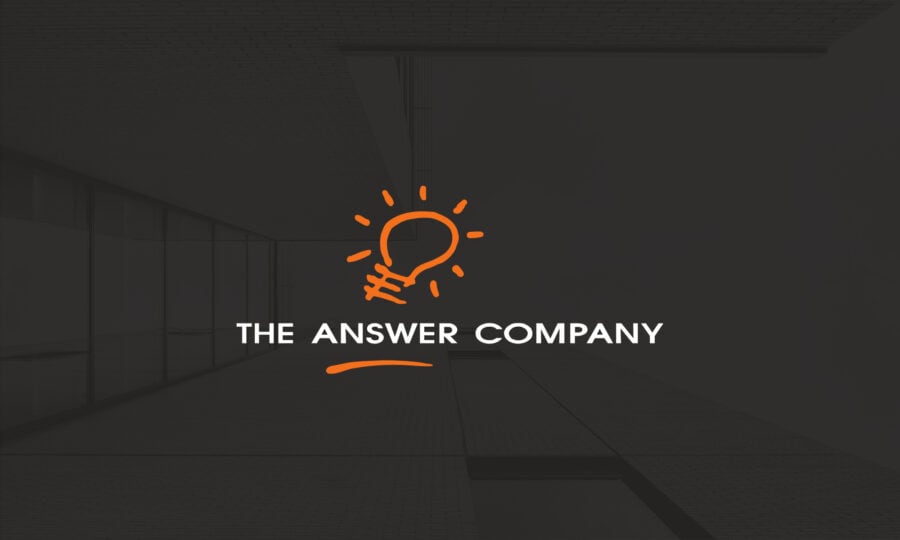Why Businesses aren’t using HR Software Effectively
Human Resources (HR) are the wheels that keep an organization on track and moving forward. They ensure that the right employees are being hired into your business, and find the balance between business goals and employee goals, aiming to keep employees happy and invested in the company. Even though there is software that is specifically designed to accommodate the unique needs of HR, general business software like Microsoft Office, Microsoft Dynamics and SAP are still the most commonly used tools by HR. Also, even if organizations have HR specific software, they report barriers that prevent them from using it to their full potential.
There is clear evidence for the value that HR solutions bring to an organization, so what’s holding businesses back from making the investment HR software or if they already having it, actually using properly?
Barriers to effectively using HR Specific Software
When organizations have HR specific software, what are they using it for? Organizations in Western Canada reported using HR specific software for:
- 27% recruiting or hiring
- 23% for employee self-service
- 22% for performance records & management
- 20% for absence management
HR software is built specifically to make managing these tasks simple and easy, and with so many organizations falling back on other tools to complete their tasks it’s important to understand the reasons why.
Difficulty of Integration
One of the biggest barriers organizations had to using their HR specific software effectively was the difficulty of integrating HR software with other business software – which was reported by 21% of respondents. This issue is especially relevant to large organizations because they are more likely to use business software that is complex and customized to meet the specific needs of their organization and industry.
As a result, this makes integration much more complicated, especially if incorporating an HR solution wasn’t kept in mind when the organization’s Enterprise Resource Planning (ERP) solution was selected and implemented. If your HR software isn’t integrated properly with your other solutions it will make it difficult to experience the full benefits the software has to offer. Just because one HR solution doesn’t integrate with your other business software doesn’t mean that none of them will; it’s important to find the solution that’s the right fit.
Cost of Customization
The Return on Investment (ROI) of your HR software comes down to how it’s set up. This concept can be a struggle for organizations, with as many as 24% reporting that the quantity and cost of customization/configuration required made it difficult for them to use their HR solution to its full capacity. Customization can sometimes come with a large price tag and it can unfortunately scare organizations away from setting up their HR software how they truly need it to operate. While work-around solutions with other tools that you have available may seem like a good option in the short run, it’s easy to overlook the return on investment (ROI) of HR software that’s set up so you can utilize everything it has to offer. If you don’t customize the solution to suit your needs, it can result in simple tasks requiring long, complicated processes to complete.
While the upfront costs of customizing HR software may seem high, the time that your organization will save in combination with the access to new specialized HR tools typically results in a worthwhile return on investment. Out of the businesses in Western Canada that do use HR specific software, 77% reported feeling satisfied with their return on investment.
Improved Insight and Reporting
The benefit of HR software is that you can complete all of your core HR tasks under one solution which results in an incredible amount of high value data that you can analyze to gain better insight into your organization. HR software also includes point and click reporting features so you can select your metrics and create detailed reports in a matter of minutes, as opposed to having to manually export and create repots in excel. This will save you time, improve the reliability of your data, and ultimately help you put your data to better use.
Privacy and Data Security
HR handles personal data from employees, so it’s important that the information is protected. Managing employee information in excel spreadsheets can leave it vulnerable and exposed, whereas using an HR solution gives you access to robust security features that protect your data from outside threats (such as hackers) and unauthorized internal users.
Improves Communication
An HR software provides one centralized place for all of your HR related data to be managed and processes to be completed. When your HR department is using multiple systems and tools for their tasks processes take longer than they should and there is a much higher risk for inaccurate data. HR software facilitates better communication between HR and employees, more reliable records, and improved efficiently in processes.
Even if you have HR software there are barriers that can hold you back from using the solution effectively but it’s important to keep the future in mind. As your company grows, work around solutions will become less manageable and feasible, and giving your HR team the tools they need to complete their tasks optimally and accurately will help your business thrive. If you choose HR software that integrates with your current business solutions and take the time to set-up the solution properly, you can reap all of the long term benefits and significant ROI it has to offer.
Source: Western Canada HR Trends Report – Spring 2017 by Torch Research
